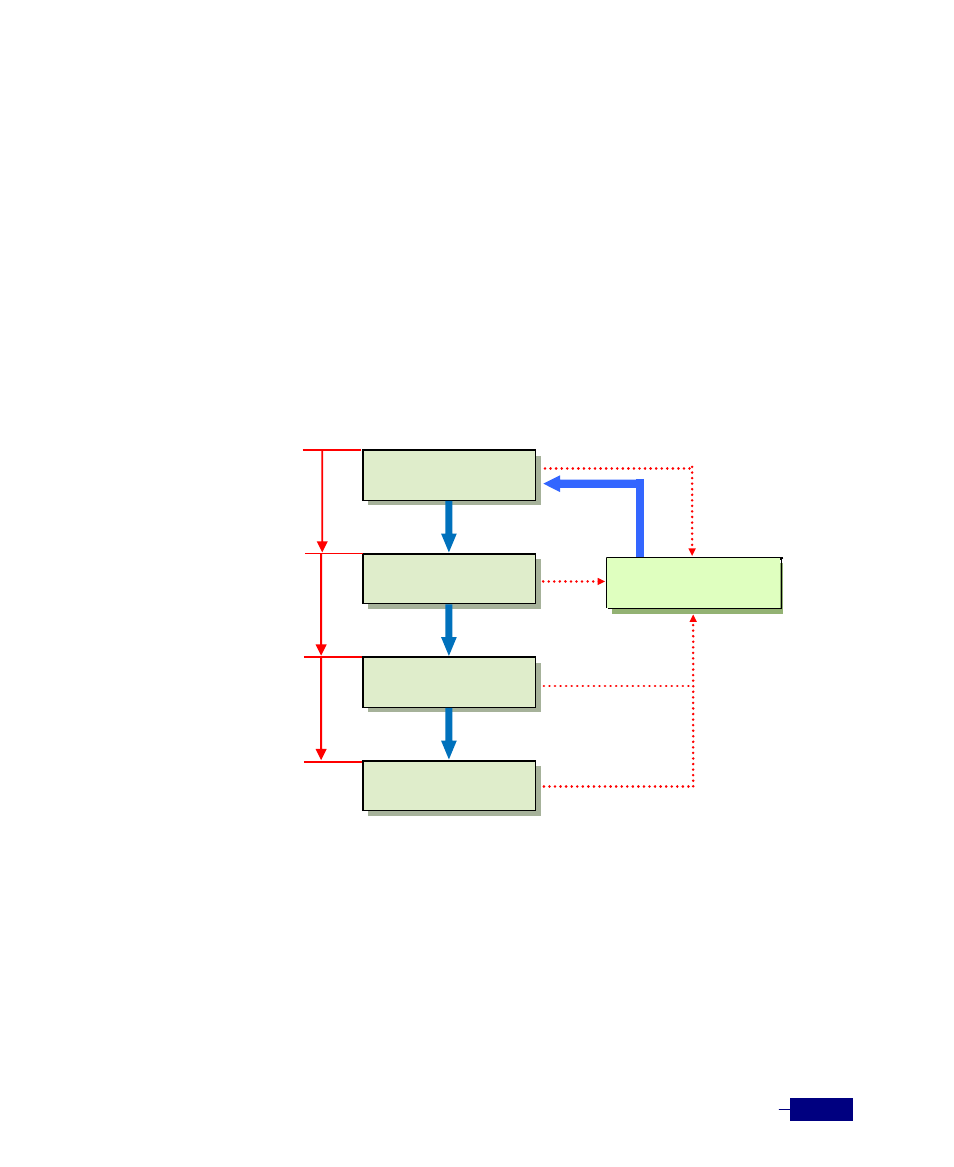Spanning-tree port states – ATL Telecom R1-SW Ethernet Switch User Manual
Page 263

Configuring STP/RSTP
13-5
Spanning-Tree Port States
Each port on the switch using spanning tree exists in one of these states:
y
Blocking: The port does not participate in frame forwarding. (Default state)
y
Listening: The first transitional state after the blocking state when the spanning tree determines that the
port should participate in frame forwarding.
y
Learning: The port prepares to participate in frame forwarding.
y
Forwarding: The port forwards frames.
y
Disabled:
The port is not participating in spanning tree because of a shutdown port, no link on the port,
or no spanning-tree instance running on the port.
The following picture shows process of five port states.
A port that STP is operating always starts at the blocking state. When a switch is initialized, the
switch assumes that the switch is the root switch and transmits BPDU to connected devices
through all ports. Ports of the blocking state discards all frames except BPDU. Ports that receive
BPDU become the listening state.
Ports of the listening state exchange BPDUs with other devices and select the root switch. Then,
after forward delay time is passed, the listening state becomes the learning state.
Listening State
Learning State
Forwarding State
Blocking State
리스닝 상태
(Listening State)
Disabled State
Forward delay
Forward delay
BPDU Transmission
